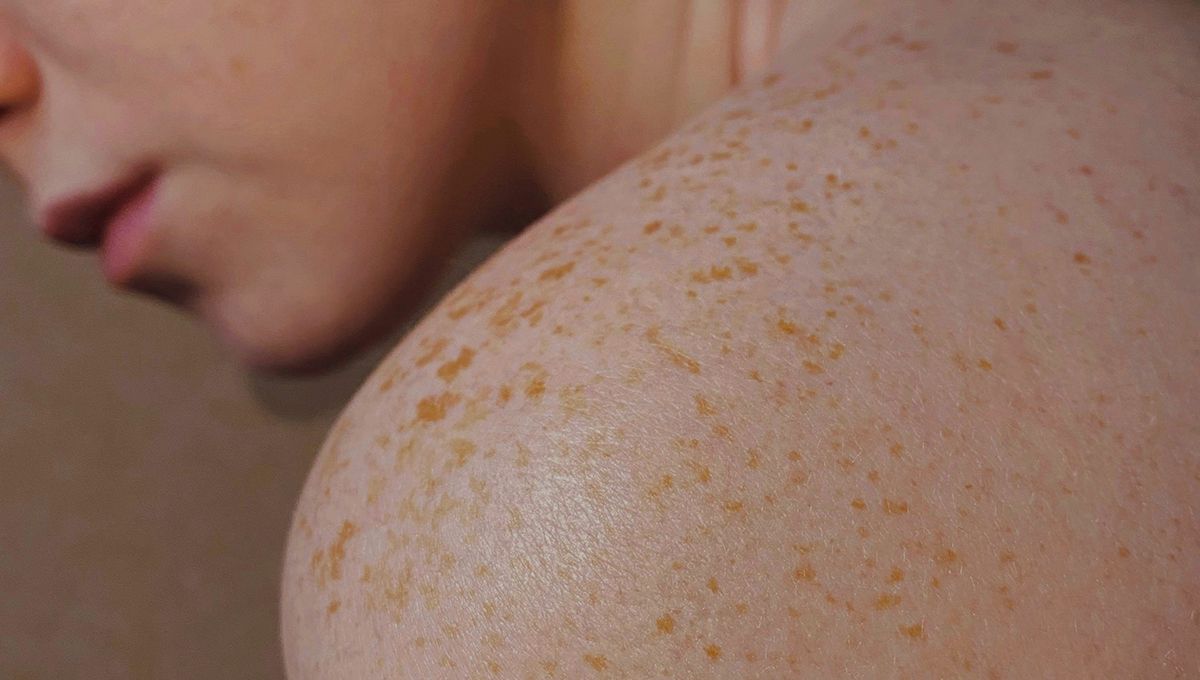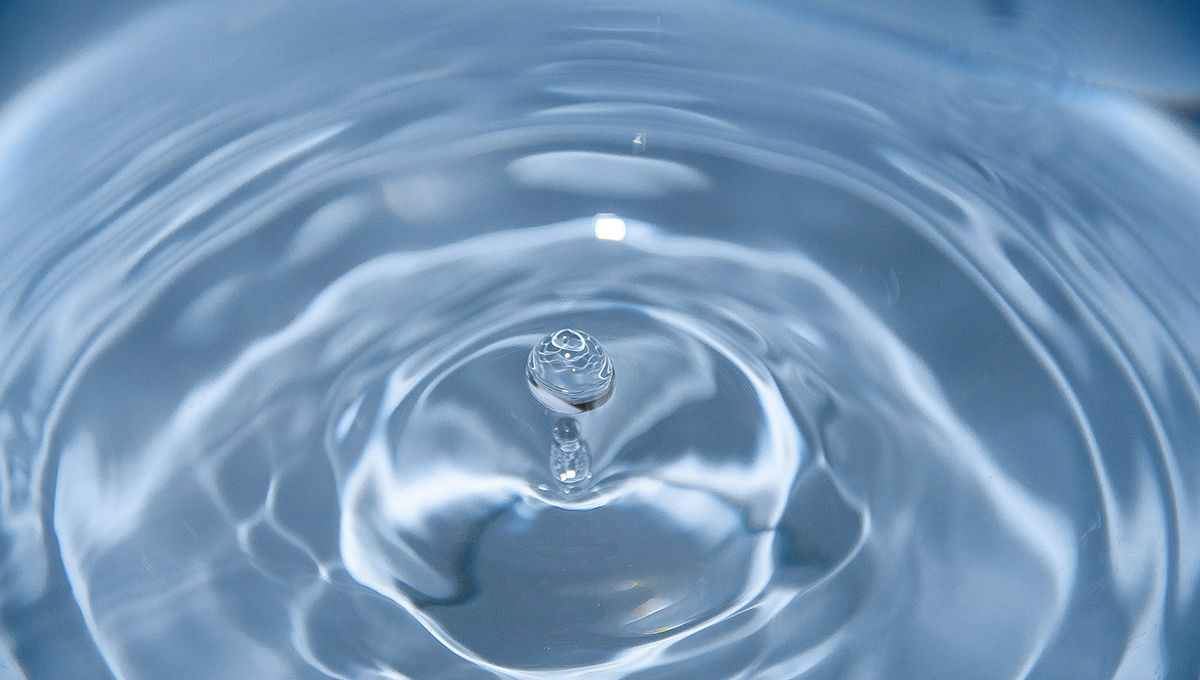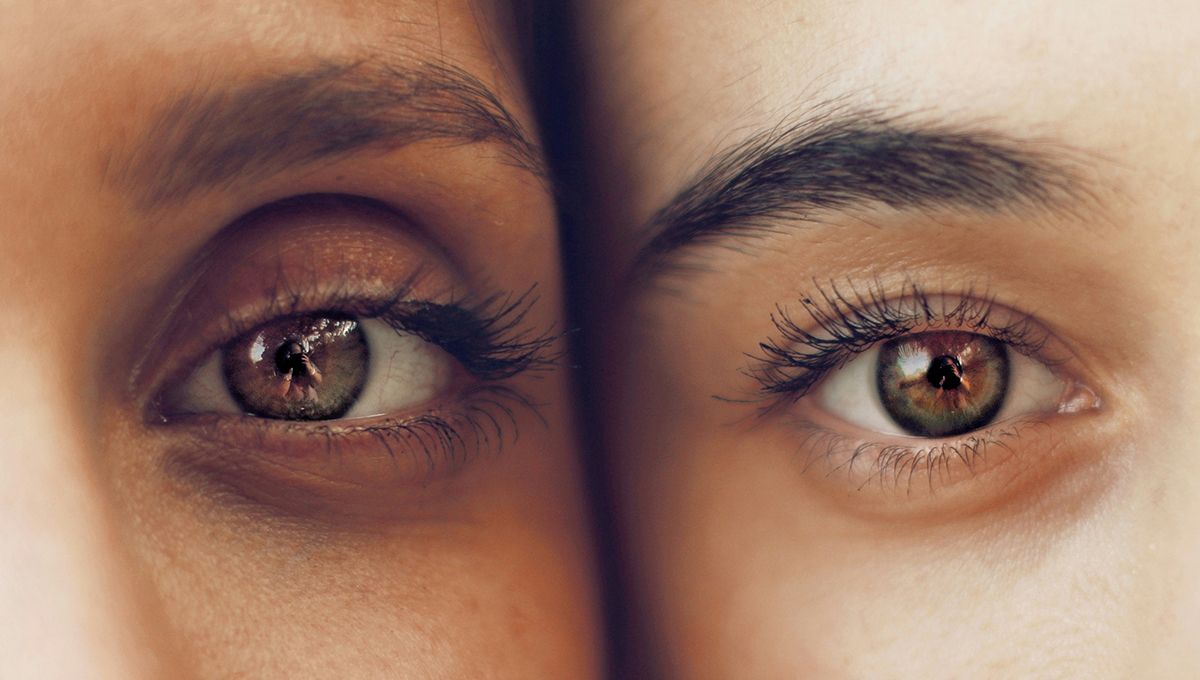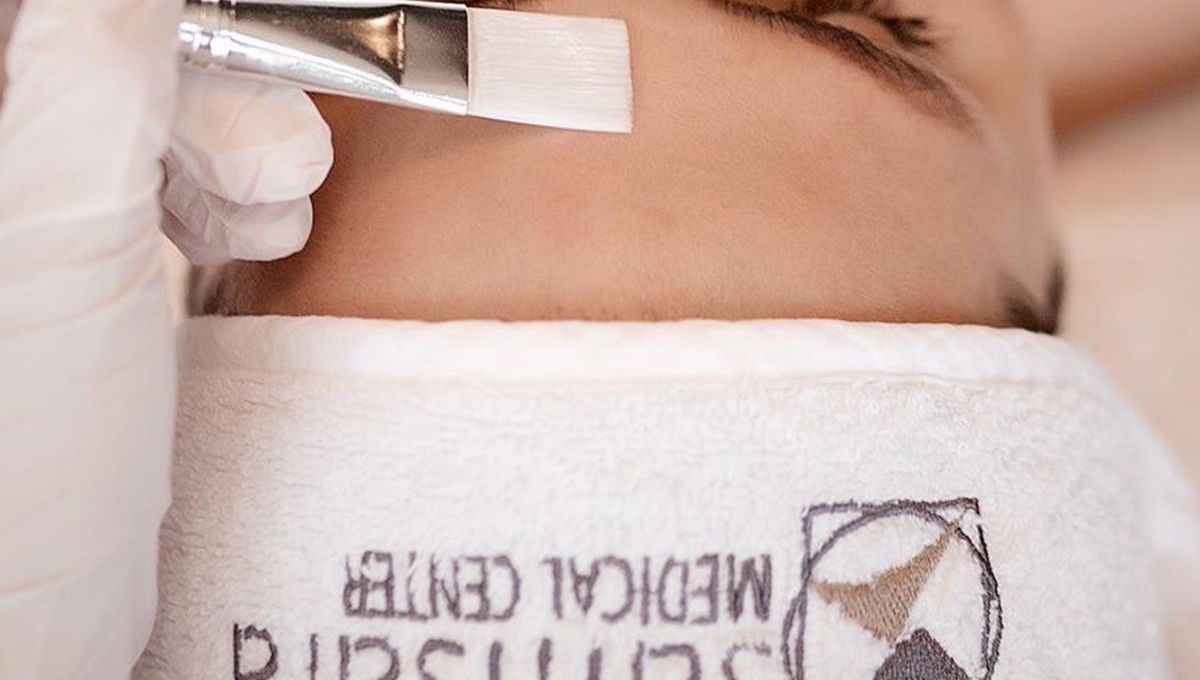
Photobiomodulation
An innovative technology for stimulating collagen arrives in Lugano: photobiomodulation or LED therapy. What it is and what it is used for.
Photobiomodulation, or LED therapy, is a treatment that aims to stimulate collagen and elastin synthesis by inhibiting collagenase, which is why it is indicated for photorejuvenation and skin biostimulation.
During the treatment, the skin does not suffer any trauma and there are no side effects. After undergoing a course of treatment, the skin will be softer and smoother, fine wrinkles will be noticeably relaxed and pigmentation and small capillary dilatations will be visibly reduced.
LEDs emit different light frequencies with specific functional characteristics depending on the skin type or need:
- The BLUE light penetrates through the epidermis and is able to fight and inhibit the germs responsible for acne as well as even out the skin texture;
- The RED light, penetrating down to the dermis, stimulates collagen and elastin production due to its direct action on fibroblasts, reducing wrinkles and skin ageing;
- INFRARED light (NIR), which is invisible to the human eye, penetrates deeper, increasing microcirculation. It has an anti-inflammatory, immunomodulating and repairing action.
Below, we will see specifically what its functions are:
1. Reduces wrinkles and stimulates collagen synthesis in the skin
These effects are enhanced by the use of red LED light therapy combined with NIR, which penetrate different layers of the skin to stimulate cell activity and increase blood flow to the skin surface. Passing through the various layers of the skin, it induces the formation of new capillaries combined with an increase in local circulation, which, due to the increased blood flow, favours an increased supply of nutrients and oxygen for the skin cells.
Photobiomodulation also stimulates collagen production by acting directly on the cells that produce it, the fibroblasts.
Having more collagen does not eliminate wrinkles, but it reduces them and slows down their worsening.
2. Helps the skin in many ways: acne, rosacea, psoriasis, herpes lesions.
The combined use of the three colours increases the production of ATP (molecule that gives energy to cells) and collagen and can therefore be used to help reduce eczema, rosacea and acne.
In cases of acne, photobiomodulation is most beneficial through the use of blue light: it promotes the reduction of inflammation and stimulates cells to repair the skin from within. This improves damaged tissue leading to faster healing of acne and prevents further tissue damage that can lead to post-acne scars.
Thanks to the same principle, photobiomodulation is also beneficial for repairing the skin from sun damage and for alleviating stretch marks.
In conclusion, we can call it an excellent treatment to be carried out either alone or combined with specific protocols depending on the objectives to be achieved!









